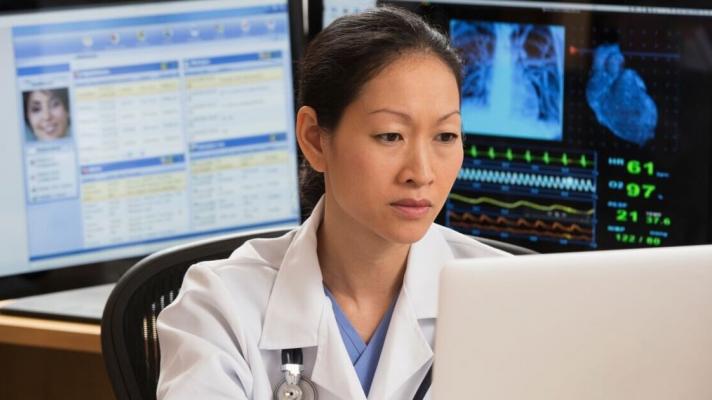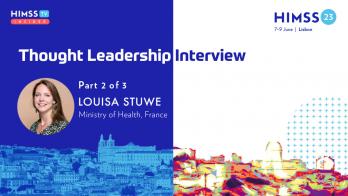SingHealth scaling digital twin project beyond disease outbreak monitoring

Photo: Ariel Skelley/Blend Images/Getty Images
SingHealth is stepping into the next phase of its disease outbreak surveillance system project using digital twin technology by expanding its application beyond monitoring potential disease outbreaks.
WHAT IT'S ABOUT
Over the past years, the public healthcare group noted the potential of the 3-Dimensional Disease Outbreak Surveillance System (3D-DOSS) test projects for real-life applications.
The upcoming 4D-DOSS will not apply digital twins – a living digital replica or 'twin' of a space or system – for near real-time monitoring, analysis, prediction and simulation of disease outbreaks; the technology will also be used for other use applications across SingHealth institutions by integrating it with data source systems, such as clinical data and bed management systems.
Changi General Hospital, for example, is now using digital twin technology to forecast staffing and resource needs in critical situations like casualties and to assist with workflow redesign to meet its evolving needs.
Digital twins are also being employed for planning healthcare facilities at the future Eastern General Hospital.
"We are very excited by the possibility of employing the digital twin technologies to enhance different aspects of healthcare – resource optimisation, response to disease outbreak, anticipate future needs in facilities planning, so as to be nimble [in] unexpected situations and more effective in care delivery," SingHealth Group Director of Innovation and Transformation Lee Chen Ee exclaimed.
The 4D-DOSS project, which is expected to go live next year July, is funded and backed by SGH, the Ministry of Health and SingHealth
WHY IT MATTERS
Hospitals are still ill-equipped to catch up with rapidly evolving and moving infectious diseases. They are spending a lot of time manually extracting data with 24 to 36-hour latency and additional time for data processing. Digital twin technology, which uses advanced spatial mapping, is now being leveraged by public health institutions like SingHealth to be able to spot fast-moving disease outbreaks early.
THE LARGER TREND
The use of digital twin technology is fairly new in the healthcare scene in Singapore. It was in 2020 when SingHealth started the 3D-DOSS project, which integrated anonymised patient data onto digital replicas of the physical spaces at Singapore General Hospital. The system has enabled staff to visualise and assess disease spread across time and distance, detect infection clusters in test data, and predict the risk of future infection. It is also able to produce reports of exposed contacts, saving time spent on manual data collation and cleaning and analysis of data. Additionally, 3D-DOSS provides in-depth analyses of areas of the hospital or patient cohorts at greater risk of infection transmission.
SingHealth's partnership with the National Supercomputing Centre Singapore and NVIDIA, which was signed last year, is also supporting its use of digital twin technology.
ON THE RECORD
"Developing surveillance systems with digital twins of our hospitals’ spaces holds much promise in disease surveillance to enable accurate prediction and earlier interventions for infectious disease outbreaks. It will also allow us to be more prepared for the emergence of ‘Disease X’ and anticipate ways to mitigate its spread," said Dr Indumathi Venkatachalam, principal investigator of the DOSS project and a senior consultant at SGH's Infection Prevention and Epidemiology Department.
"The use of 4D-DOSS will allow detailed infrastructure and an automated patient-level data flow to the replica models for deeper analysis and detailed planning. In addition, the inclusion of operational and clinical workflows can provide opportunities to develop clinical modelling and value-based care as well as optimise patient flow to improve operational efficiency and streamline the patient journey," added Chow Wei En, co-principal investigator of the DOSS project and CGH clinical associate professor and chief data and digital officer.











3a81.jpg)












